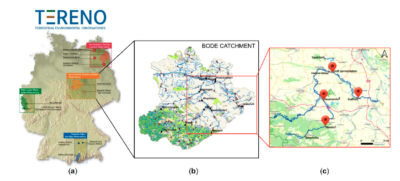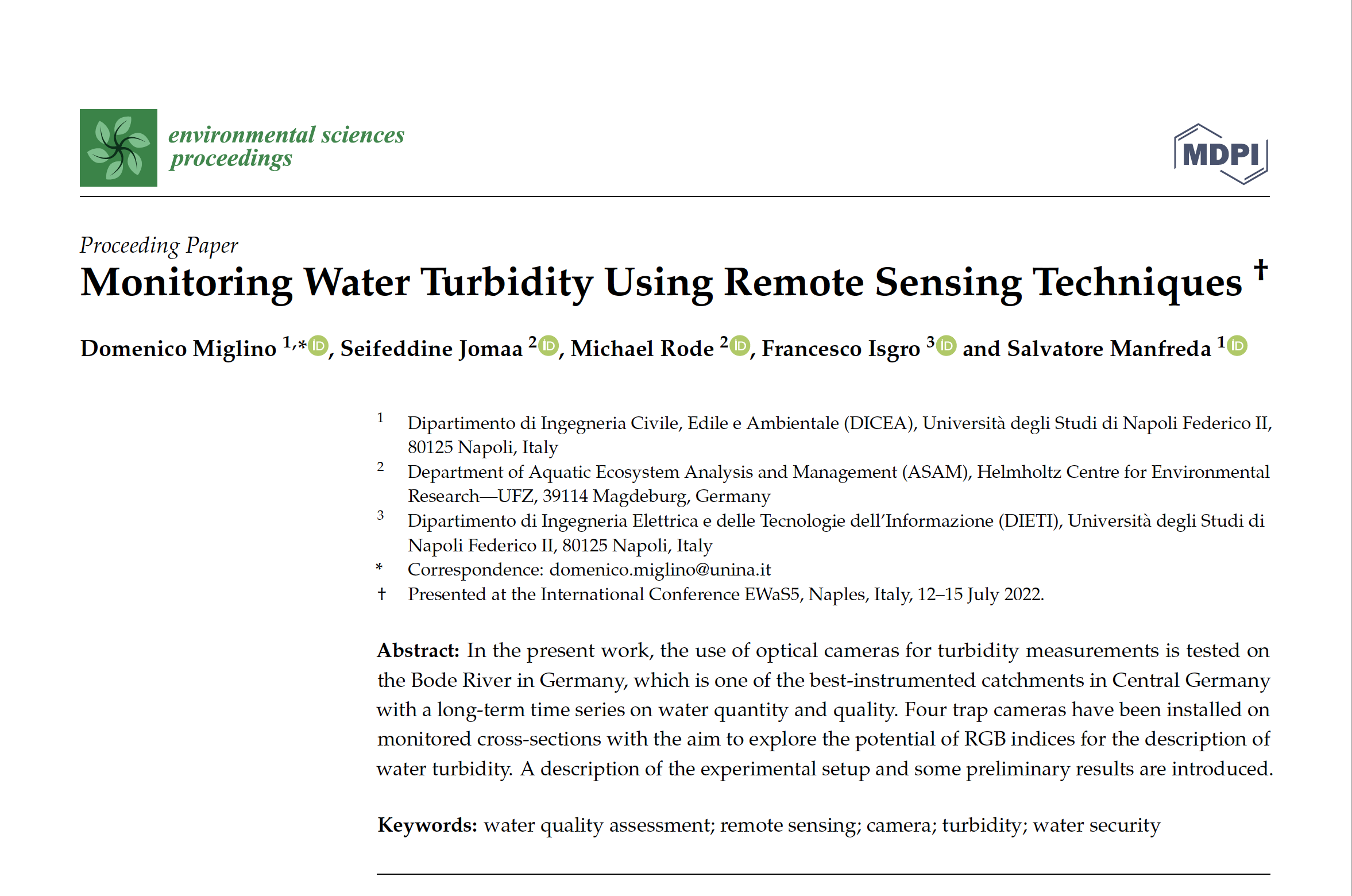In the present work, the use of optical cameras for turbidity measurements is tested on the Bode River in Germany, which is one of the best-instrumented catchments in Central Germany with a long-term time series on water quantity and quality. Four trap cameras have been installed on monitored cross-sections with the aim to explore the potential of RGB indices for the description of water turbidity. A description of the experimental setup and some preliminary results are introduced.

How to cite: Miglino, D.; Jomaa, S.; Rode, M.; Isgro, F.; Manfreda, S. Monitoring Water Turbidity Using Remote Sensing Techniques. Environ. Sci. Proc. 2022, 21, 63. https://doi.org/10.3390/environsciproc2022021063
